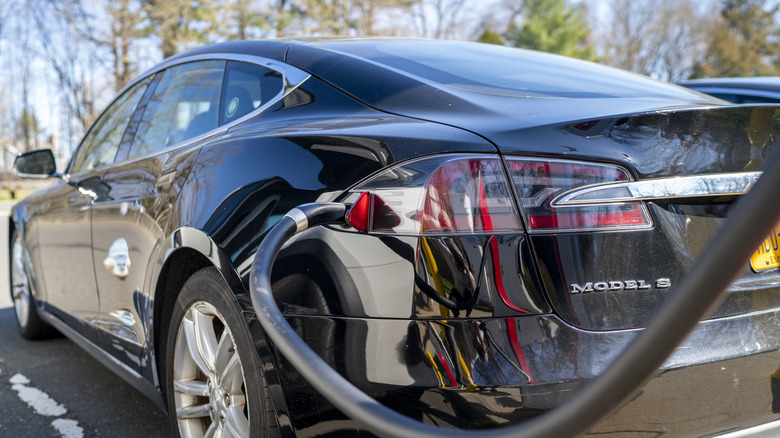
Robert Nickelsberg/Getty Images
Buying a new car is not a decision to take lightly. A model chosen in haste that doesn’t fit your needs could cost you a lot over time and never reach even a fraction of its potential. Research is the key to ensuring your vehicle is right for you in the long run (should you intend to keep driving it long-term).
With a Tesla, there’s even more to consider, especially if you’re new to the emerging world of electric vehicles. The EV movement is continually gaining momentum, with Kelley Blue Book stating they achieved around 1.2 million sales in the U.S. in 2023, according to Cox Automotive. Tesla has long been a force in the EV space, so the company has had to be flexible. Adapting and expanding its range has been a crucial element for Tesla, in its continued attempts to try and cover the different things potential customers might want in such a vehicle.
Those beginning to look into Tesla’s offerings may wonder what the difference is between the Tesla Model S and Model 3. Let’s compare the specs and variations of the two different Teslas.
The price disparity between the Model S and Model 3
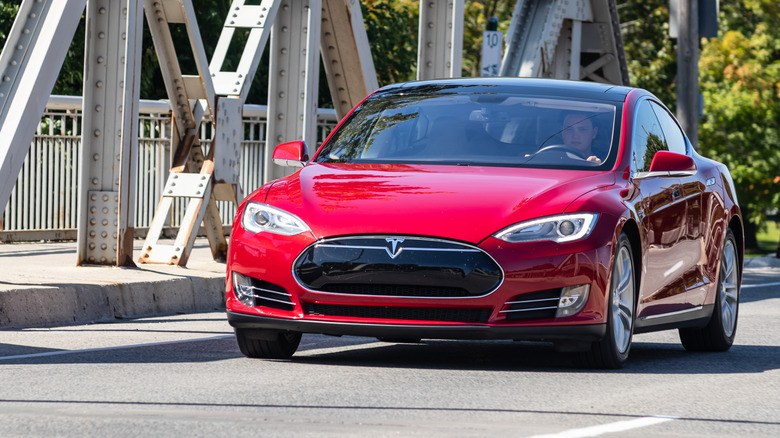
The Bold Bureau/Getty Images
One of the most important factors between two different vehicles in the eyes of a customer will be the cost. In that regard, the disparity is certainly stark.
Tesla reports that a rear-wheel drive Tesla Model 3 starts at $35,990 rising to $42,990 for the Model 3 Long Range. With those figures in mind, Tesla’s Model S is a much more intimidating financial proposition. The Dual Motor edition of this model costs $74,990, but those seeking the Tri-Motor version instead face an outlay of $89,990. Financial options such as a monthly lease of around $329 ($246 after potential savings are applied) apply for the Model 3, and then it’s approximately $999 (potentially $891) per month for the Model S.
The bottom line is that the Model S is much more expensive than the Model 3. While this may be an enormous factor for those looking to choose between the two, another has to be this: How does that translate to a specs difference between the two Teslas? Let’s see what’s under their unique EV hoods.
The Tesla Model 3’s specs on its original launch
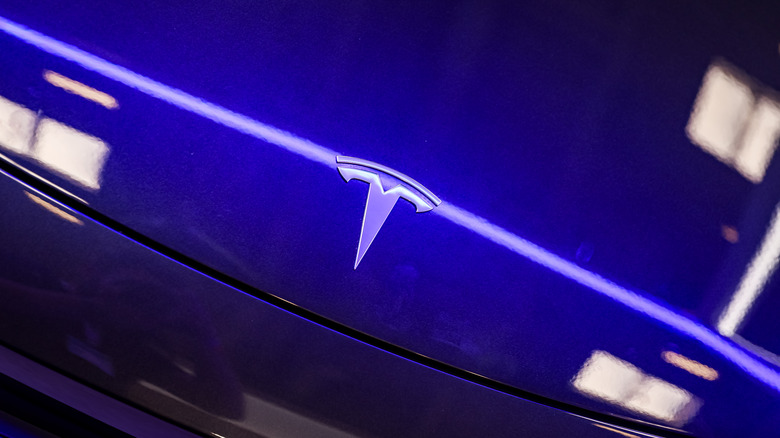
Leonhard Simon/Getty Images
The long-term plan for Tesla, it seems, has always incorporated the Model 3 as a cheaper model. Back in 2007, Elon Musk explained in an interview with Wired Science that «Model 3 is intended to be around a $30,000 price point,» which Musk deemed «really affordable by … almost everyone … who can buy new cars.» To better understand the difference between the Model 3 and Model S, we’ll compare the specs of both models.
The Model 3 first entered production in July 2017 as a five-seater sedan that aimed to strike the delicate balance between cost and capabilities. For the $35,000 standard price it sported at launch, it offered a 215-mile range and a sub-six-second zero to 60. The Long Range version, priced at $45,000 in its first year on the market, extended that range to 310 miles and offered a maximum speed of 140 mph. The approximate hp of the 2017 model is 346 (with a 360 V 77.8 kWh battery).
For EVs to be more widely embraced, potential buyers mustn’t see the concept as a novelty, a more complicated option, or a compromise. With the first Model 3, the aim seemed to be to emphasize the major potential of EVs in a more modest package.
The introduction of the Tesla Model S
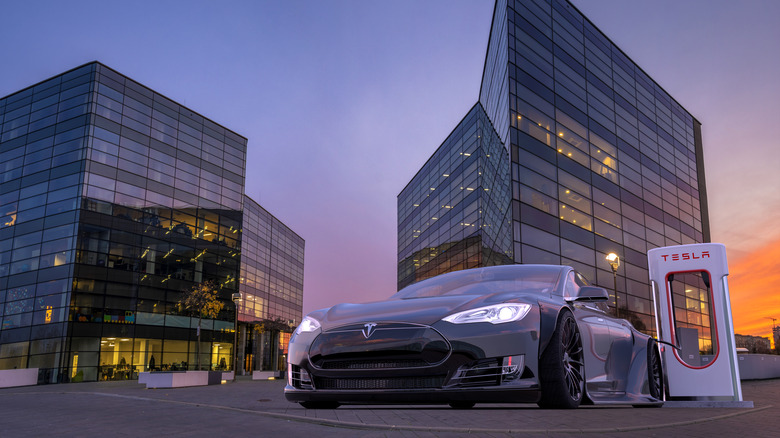
Mikemareen/Getty Images
The Model S, meanwhile, has had over a decade on the market. It was first released in 2012, and it was unlike anything else available at the time. When introduced, Tesla declared the upcoming vehicle «the world’s first premium electric sedan.» While both the Model 3 and Model S are sedans, the latter had a lot to prove at the time. Practicality questions regarding electric vehicles, coupled with a hefty launch price of $60,890 for the base model, meant that the Model S could be rather a difficult sell without potent specs.
With five years between the launch of the Model S and the Model 3, it’s more difficult to make a like-for-like comparison between them. Technological evolution will have played its part. Depending on its trim, though, the zero to 60 of a 2012 Model S is still below six seconds. 5.9 seconds for the Model S Sedan 4D, in fact, down to 4.4 seconds for the Signature Sedan and Signature Performance Sedan. Both Performance models offer a huge leap in hp from the standard Model S’s 302, reaching 416.
The 2012 Model S’s battery, in the case of the Tesla Model S 60, can reach 270 kW of output and 60 kWh capacity. It was a potent new entry in the EV sphere, but, of course, upgrades and new models have arrived for the Model S and Model 3 since their respective introductions.
The evolution of the Tesla Model 3 and Model S
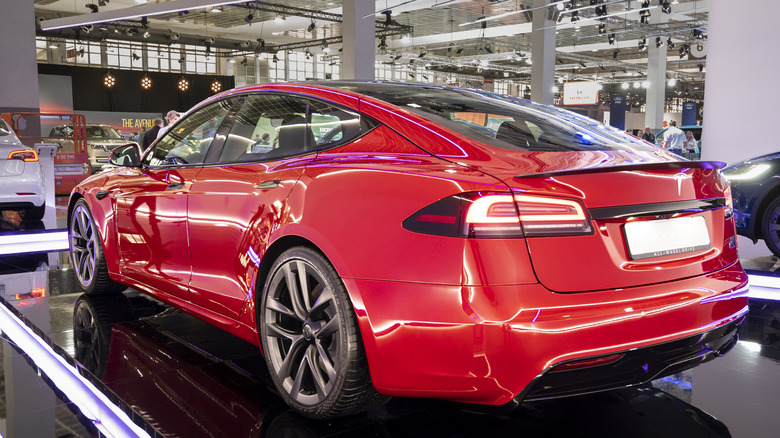
Sjoerd Van Der Wal/Getty Images
In late 2020, the Model 3 received some design revisions. These included range boosts (the Long Range reportedly being able to hit 353 miles and the Performance model 315 miles), an updated trim, and a console better equipped to charge devices. The very fact that the Performance Model could hit a range previously reserved for the Long Range Model 3 demonstrates that the vehicle’s practicality and performance continue to evolve. Meanwhile, the 2020 Performance Model’s $56,190 price point broadens the options for potential drivers and, perhaps, highlights the issue of the differences between the two. The 2023 All Wheel Drive model boasts a speed of up to 162.2 mph, an 82.1 kWh battery, and a 0-60 of 3.1 seconds.
Late 2014 into 2015 was a transformative time for the Model S. Sophisticated electromechanical brakes, a two-motor 691 hp system, and Tesla Autopilot were added for the 60D to P85D Model S, and by 2023, an additional motor powered the Plaid model to around 1,020 hp, with a range of 373 miles (this being approximate as always). Putting the Plaid through its paces for the first time that year, Top Gear‘s Tom Ford concluded, «0-62 miles an hour in just over two seconds. Now, that’s simply ridiculously fast for a five-seat saloon with heated everything and a big boot.»
While the Plaid far outperforms the Performance Model 3, there’s more to the equation.
The choice between the two models
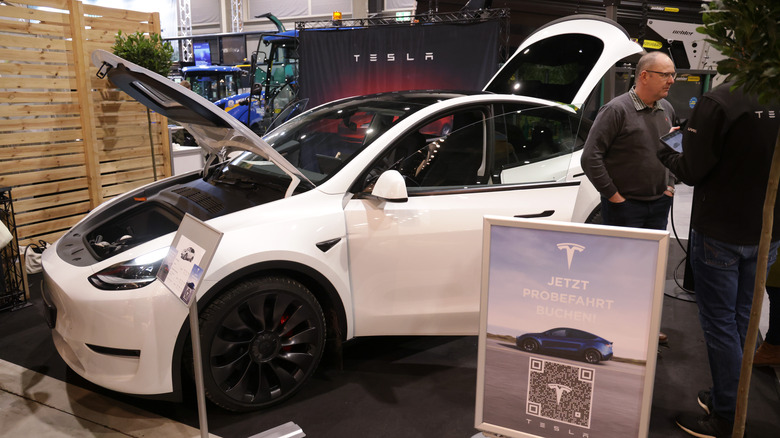
Sean Gallup/Getty Images
As an entry-level car in the range, the Model 3 is not expected to ‘compete’ with the Model S. Rather, it’s a vehicle that aims to excel among EVs in its price point, just as the Model S does on its own. Though the latter comes at a premium, the justification for this is that not only is it a formidable vehicle, but it’s also equipped with certain Tesla features that its cheaper counterpart is not.
Both are very ‘Tesla’ in the predominantly digital nature of their controls, but the Type S is a more powerful and larger machine: Approximately 9.8 inches longer and 1.2 inches wider, the size difference may seem insignificant, but it translates to approximately two extra cubic feet of storage in the Model S (a total of around 25 feet versus the Model 3’s 23) and more room for occupants compared to the other Tesla five-seater. In contrast, the lighter frame of the Model 3 translates to 119 Wh/km, compared to the Model S’s 146 Wh/km.
Comparing the two Long Range variants, the Model S’s 17-inch screen, 22 speakers, and additional driver display tops that of the Model 3, with 17 speakers, a 15.4-inch screen, and no such display.
Ultimately, while the Model S boasts higher performance, the Model 3 may be more practical for a driver’s needs. It’s for you to determine which may fit your needs and budget better.